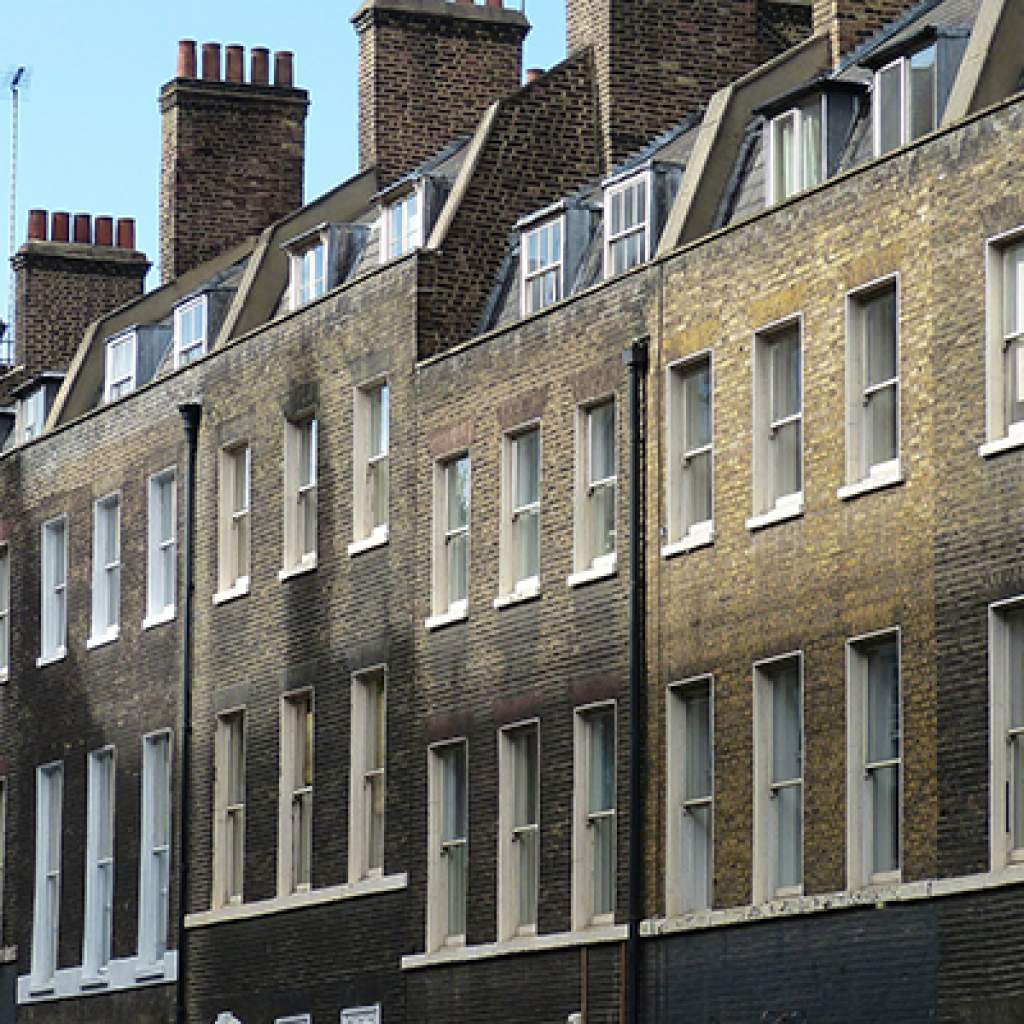With talk of increases in stamp duty for properties with the lowest energy efficiency ratings and with the need to reduce energy consumption and saves costs. What improvements can you make to a property to see the best return on your investment?
To illustrate my comments, I have created a typical inter-war semi detached house of cavity wall construction. The property currently has a pitched roof with 100mm of loft insulation, a gas boiler installed in the 1970’s with a programmer and a room thermostat and a hot water cylinder with a 12mm jacket. The property is single glazed and has no low energy lighting.
This property will score as an F on the RdSAP rating used on Energy Performance Certificates with a total of 35.
The RdSAP energy ratings go from 0-100 and from A-G with a current UK average of E and a score of 46.
A = 92 plus
B = 81-91
C = 69-80
D = 55-68
E = 39-54
F = 21-38
G = 1-20
Most people would imagine that a new property built to the current standards would achieve an A rating but, in reality it is almost certainly going to be a B. To achieve an A rating and certainly to achieve a score of 100, the property would have to operate at zero energy costs and so would probably need a windmill or two in the back garden returning electricty to the grid in order to counter balance the household energy usage!
For my example, I have added a number of single improvements to our original house to illustrate the added energy efficiency generated by each. Clearly some improvements are significantly more costly than others and therefore the "payback" period or return on investment varies with each. It will be up to the homeowner to decide which improvements they make based on their individual circumstances.
Adding double glazing moves our base score of 35 to 40 and into category E.
Adding 170mm of further loft insulation to the current regulation height of 270 mm would raise the base score from 35 to 37 (F).
Adding insulation to the cavity walls would raise the base score from 35 to 45 (E).
Installing a new condensing boiler and heating controls would move the base score from 35 to 56 (D)
Changing the hot water cylinder for a new foam insulated version with a stat would increase the base score from 35 to 44 (E).
Installing low energy lighting throughout the property would raise the base score from 35 to 37 (F).
Making all of the above improvements would increase the base score from 35 to 76 and into category C. (although it is possible that doing all measures might see a slightly lower than completely cumulative effect).
Clearly one can see that the biggest improvement in energy efficiency would come from installing a new gas boiler and heating controls although this is a fairly high ticket price item. It is however much cheaper than installing double glazing and has a significantly greater impact. Of course, double glazing has other benefits in terms of reducing maintenance (no painting!) and noise suppression. Low energy lighting only makes a small difference but is very low cost and will be the norm shortly anyway.
Installing cavity wall insulation is very effective and, as heat rises, so is having decent levels of loft insulation although at a depth of 270mm you are well above joist height and may lose some of the storage capabilty of your loft space.
An Energy Performance Certificate provides details on the property in its current state as well as suggestions for improvements and typical cost savings that can be achieved.
Michael Day offers consultancy services to a variety of property related industries and we are grateful for his contribution.





















